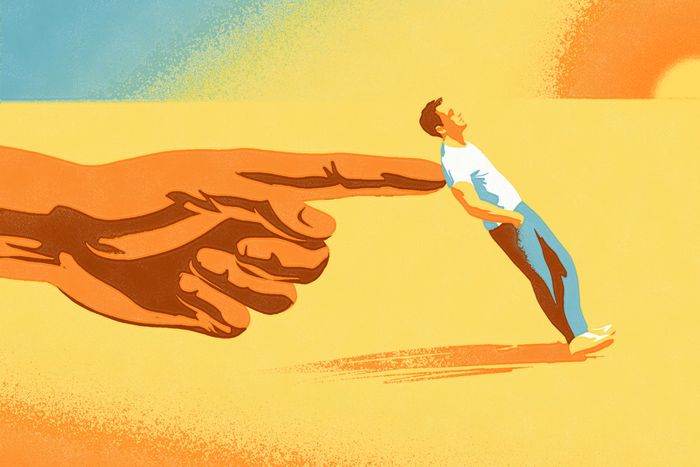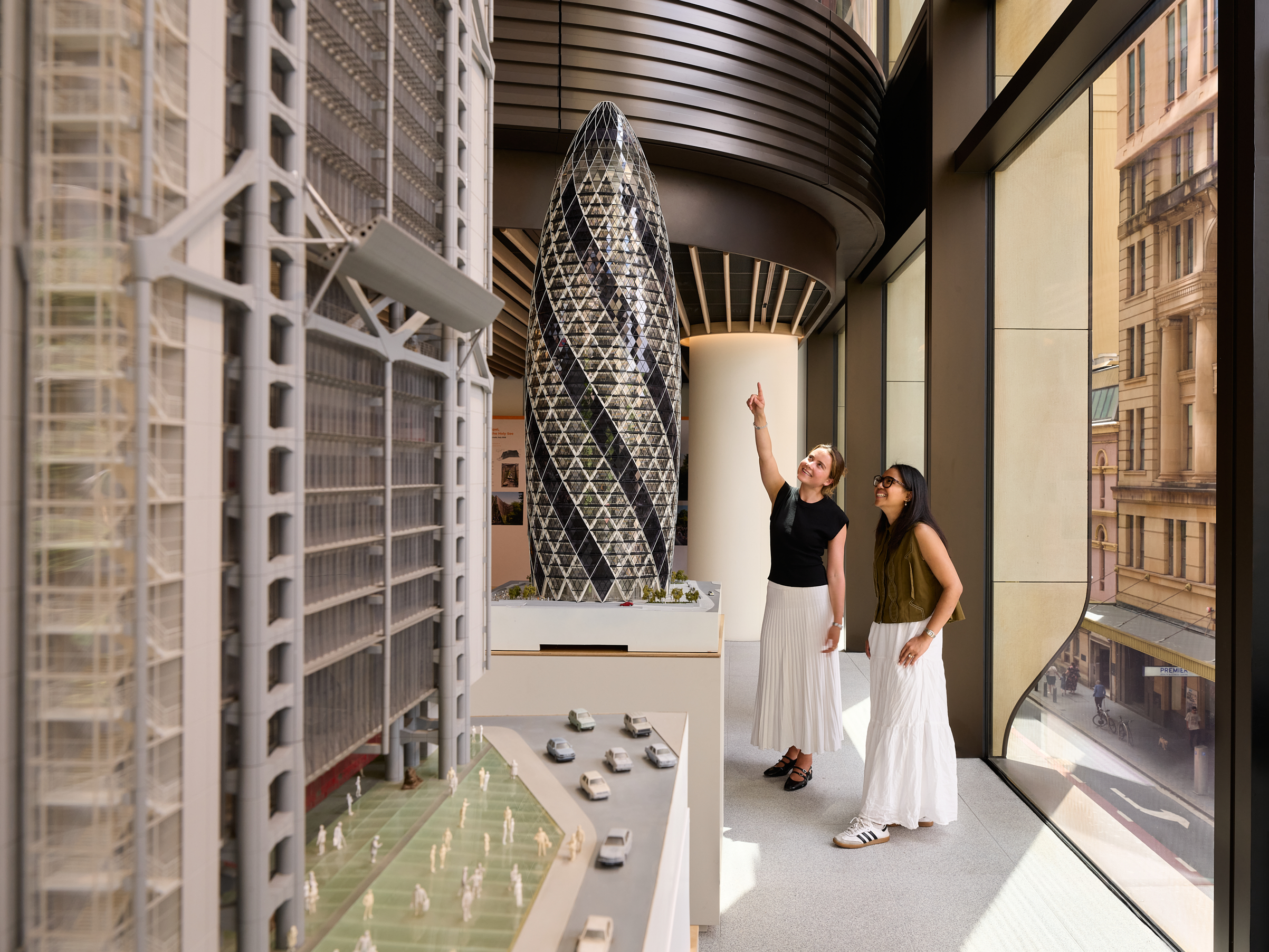The Problem With Behavioural Nudges
The benefits of steering people toward making better decisions has become conventional wisdom. But the evidence suggests it doesn’t work quite as well as we hoped.
The concept of nudging has become popular in the past few years—using psychological tactics to subtly steer people toward making better decisions that are aligned with their own interests or societal goals.
Companies and governments are using nudges, for instance, by automatically enrolling people in retirement savings plans instead of having them opt in, or by placing healthier snacks at eye level in a cafeteria or by comparing people’s electricity consumption with their neighbours’.
But as nudges became increasingly popular, we wondered: Can they go the distance? Would they keep people on track beyond the initial push, like actually eating healthier foods or saving more money or reducing their energy use over the long term?
We found that, in many settings, they don’t. Lots of people simply don’t follow through on options they have been nudged to choose—making those nudges less effective than many people believe. As the old saying goes, “You can lead a horse to water, but you can’t make him drink.”
Other research has shown this effect. In 2012, a team from Cornell University published research showing that more people grabbed healthy snacks—like apples and carrots—when they were placed in contexts that made them more convenient, such as being put at eye level, among other things. The finding got wide attention and helped spread the idea of nudging.
But another aspect of the experiment didn’t get much attention at all. Those Cornell researchers didn’t just measure what went on at the cash register. They also stuck around to see what people did with the food. The nudged people ended up eating the same amount of healthy food as the ones who weren’t nudged—and the extra that was taken because of the nudge was thrown in the garbage. In the end, the effect on consumption of healthy foods was nil.
“For a long time we had always included language in these published studies lamenting the lack of long-term studies to see exactly how long the effects would last,” says one of the researchers, David R. Just, a professor of applied economics at Cornell.
Just adds: “It makes some sense that nudges would be much more effective in the short term than in the long term. Choices like food that are repeated often over time lead to learning, and eventually people are likely to recognise how the environment is interfering with their choices. This may say that nudges are most important in one-time or rare decisions like organ-donor status.”
In the long run
To be sure, sometimes a nudge is better than nothing. Let’s say somebody who wouldn’t otherwise join a gym is nudged into becoming a member. In the end, that person probably won’t use the membership regularly, but might use it occasionally—which is better than not exercising at all. And nudges may be beneficial when people don’t have to follow up on their initial choice, such as a plan that automatically puts a part of each paycheck into a 401(k).
That is only some cases, though. In others, no nudging might actually be better than a nudge. For instance, somebody might want to choose to join a gym, and plans to attend three days a week. But if nudged into the choice, this person might go there much less.
But even when nudges are better than no nudges, we have found that nudges don’t provide nearly as much benefit as initial results indicate—or as much as many nudge proponents are counting on.
We conducted studies on three of the most popular nudge strategies. In one, we gave the participants a chance to sign up with a website to get daily trivia. We described one as a way to have fun, the other as a way to get smarter every day. In reality, everybody was directed to the same site, no matter which option they picked.
When we gave participants one website as a default—in other words, we nudged them to choose it—70% opted for it, compared with 48% who chose the same one when it wasn’t preselected. That’s typically how default nudges work: People are much more inclined to pick the default, which presumably will be the one that is best for them or society.
Next came the important part. We waited. We tracked how often the study participants visited their website membership over eight months. Those who were nudged to choose the default plan visited the site 42% less often than people who chose an identical plan without nudging.
This was true for people nudged with a default option, as well as people nudged with what’s known as a decoy: a deliberate dud that makes another option really shine. In this case, the dud was an offering designed for children. So, in effect, the default and decoy strategies had a positive impact on choice, but not on long-term actions. When we nudged participants into the program, they used it less than they would have at all if they hadn’t been nudged.
Another study that we conducted threw cold water on a nudge known as the compromise effect. Think of Goldilocks choosing a bed: Nudgers know that people make choices in the same way, preferring to avoid extremes. Let’s say a store is trying to boost sales of a product that gets high ratings but is considered too expensive. The store might try to nudge customers by offering another version of the product at an even higher price—so the original looks like a better deal.
In this study, we gave people the option of choosing a plant, and steered some of them toward a compromise option (a plant that wasn’t too flashy or high maintenance). As with the trivia website, everyone ended up getting the same plant, no matter which option they chose. But people who ended up with the plant by way of the compromise effect let theirs die 16% sooner than those who chose without a compromise option. In other words, the people who were nudged into the “Goldilocks” choice weren’t as committed to caring for the plant over the long term.
A better way
Why don’t people follow through on nudged choices? When people are subtly steered toward options, it can feel as if a decision happens on autopilot. This lack of conscious effort might lead people to feel disconnected from their choices, potentially reducing their engagement with them.
This raises all sorts of questions about social programs designed to help people make better choices. Although nudges can be a powerful lever to increase sign-ups, program organisers shouldn’t conflate the popularity of a plan with the amount of people who actually use it. As our studies show, nudges can increase the latter, but decrease the former.
Encouraging individuals to save for retirement through nudges, for instance, may boost initial participation rates but may not translate into sustained engagement or prudent financial habits over time. A nudge might get people to enroll, but it doesn’t make them feel ownership, like the choice was really theirs, so they don’t follow through as much.
In designing nudges, the focus should shift toward helping individuals follow through with their decisions, complementing nudges with strategies that promote sustained engagement and behaviour change. For instance, people get more motivated for tasks when you turn the jobs into games and let them share their achievements on leaderboards. (Think of the popularity of Wordle.) It feels good to have a streak and see how you stack up to others. We might be able to transfer those competitive elements to nudged choices: If you nudge people into saving for retirement, for instance, you could show them how their savings stack up against other people’s each week.
In the end, though, the main takeaway from our research is that nudges may be a great first step. But that’s all they are: a first step. Much of the hard work is what comes next.
 Copyright 2020, Dow Jones & Company, Inc. All Rights Reserved Worldwide. LEARN MORE
Copyright 2020, Dow Jones & Company, Inc. All Rights Reserved Worldwide. LEARN MORE
Records keep falling in 2025 as harbourfront, beachfront and blue-chip estates crowd the top of the market.
A divide has opened in the tech job market between those with artificial-intelligence skills and everyone else.
GAC unveils Australian specifications for its all-electric AION V SUV, combining global design and next-gen battery technology.
The wait is over. GAC has confirmed the Australian specifications for its all-electric medium SUV, the AION V, available in Premium and Luxury trims.
A cluster of century-old warehouses beneath the Harbour Bridge has been transformed into a modern workplace hub, now home to more than 100 businesses.
A divide has opened in the tech job market between those with artificial-intelligence skills and everyone else.
























